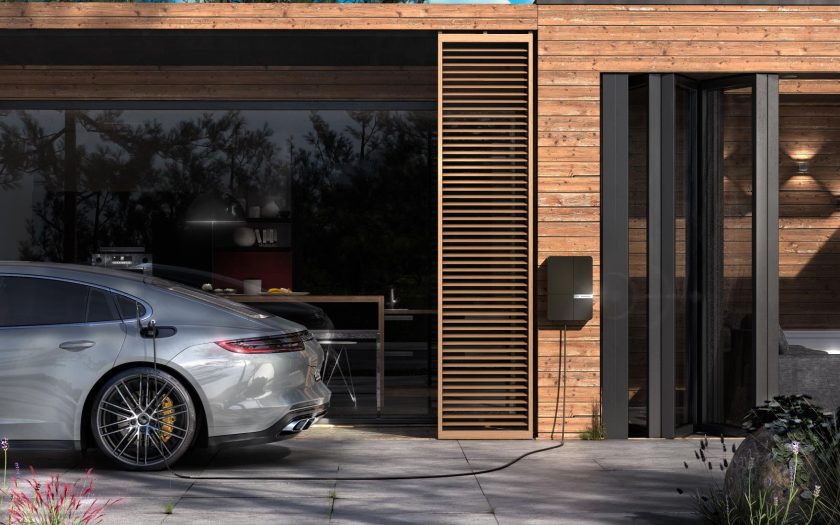AS YOU ARE PROBABLY aware, the electric vehicle market in Australia accounts for a paltry one percent of new car sales, but elsewhere in the world, EVs are also facing some challenges.
The UK, like many other countries, has initiated incentives that we can only dream of in Australia, but a recent report indicates that a lack of “on-street” infrastructure threatens to derail the uptake of ultra-low-emissions vehicles.
In the UK, there are 4453 on-street charge points. That equates to one charge point for every 55 cars. On-street chargers make up a quarter of the UK charging network. Of course, the situation in the UK is different from that in Australia: one third of homeowners in the UK don’t have a driveway or garage where they are able to install a home charger. In rural areas, five out of every six homes have access to off-street parking, but in major cities and town centres, 60 percent don’t.
As a result of having to use on-street charge facilities, drivers are forced to plan their journeys around the restrictions and availability of chargers in city centre car parks, dealerships, leisure centres or office car parks. This inconvenience obviously will impact potential buyers and put many off moving to ultra-low-emissions vehicles, despite the generous concessions.
As things stand, around 80 percent of owners have access to a home charge point (which could indicate that those without such access are staying away from EVs). In the UK, the Tesla Model 3 is the best selling EV, and UK buyers can choose from 176 different vehicles.
London, as you would expect, accounts for the majority of on-street chargers and there is an average of just ten vehicles per charger, but some areas, such as Redbridge, have much higher ratios (Redbridge has 237 registered EVs per charger).
There are just over 24 different electric vehicles on the Australian market. Only six sell for less than $65,000, with the cheapest being Hyundai’s Ioniq at $44,990 (plus on-road costs). The range is growing all the time but buyers are understandably deterred by the high initial price; even after five years, they will cost more to own and operate than conventional vehicles.
Things are changing. Even without government support, Nissan predicts price parity between electric and internal combustion powered vehicles could be achieved as early as 2024.
But unless the infrastructure is in place, electric vehicle sales will continue to lag behind conventionally-powered vehicles.
New EVs coming to Australia in 2020
- Audi e-Tron
- Kia e-Niro
- Porsche Taycan
- Polestar 2
- Volvo XC40 Recharge
- MG ZS EV
- Mini Cooper SE
